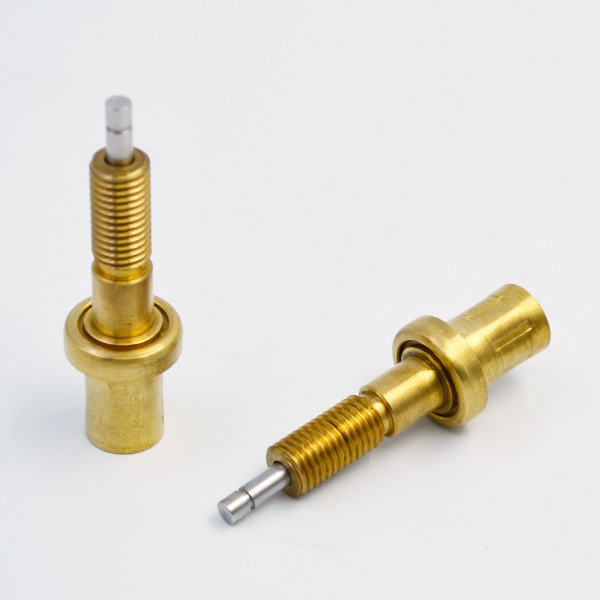In the live broadcast of the first flight of the C919 airliner, the audience saw Captain Cai Jun flying steadily in the sky, only to see his arm move slightly, so that he could easily control the huge C919 airliner. Where’s the secret? The answer is the telex side bar controller.
The telex side bar controller has experienced a long development process. The earliest White aircraft used a single-axis side-bar device to control the aircraft’s head-up and head-down attitude. Since 1950s, a large number of simulation studies and flight tests have proved the advantages of sidebar control.
In the 1980s, Airbus A320 first adopted digital telex flight control system. Airbus became the first manufacturer of side-bar controllers in the history of civil aircraft in the world.
With the continuous maturity of the telex control technology, the telex side bar control device has been widely used in Airbus full series aircraft. China’s self-developed C919 aircraft also uses the telex side bar controller. Modern side-lever control device can provide information feedback to pilots in time and effectively, sense flight status, and make the cockpit become a comfortable “pilots’air office” by means of specific measures such as ergonomics and protective design.

Whether for maintenance personnel or pilots, the telex side bar controller has unique advantages. Firstly, the structure of the telex side bar control system is simple, light, easy to assemble and disassemble, and the maintenance cost is obviously reduced.
Secondly, it reduces the requirement of cockpit space and makes it easier for pilots to observe the front display, which makes it possible to further optimize the display-control layout of the cockpit.

Thirdly, thermostatic element with the help of arm bracket, the pilot’s forearm is relatively fixed, which can block or reduce the adverse effects of biomechanical inductive vibration control, ensure the stability of control, significantly reduce the workload of pilots and reduce the difficulty of operation. In addition, the telex side bar control system can also improve the comfort and anti-overload ability of pilots, improve the accuracy of track control, and improve the reliability of mission completion. At present, side bar controllers are mainly divided into active and passive ones. Active side-bar controller can realize electrical coupling linkage when driving left and right. The side-bar of autopilot also moves with the control of the aircraft, which is similar to the traditional left and right linkage mode of the central control rod. The passive side bar controller is operated according to the privilege priority.

The left and right control rods are not linked. When the autopilot is connected, the side bar controller is locked in the neutral position. The basic parameters of the side bar controller include the number of degrees of freedom, neutral position and force sensing characteristics. Usually, civil aircraft choose two degrees of freedom, such as Airbus series aircraft and C919 aircraft, and choose a two-axis side bar controller which integrates pitch and roll control functions.
The neutral position of the side bar is determined by referring to the position of the wrist when the pilot controls the maximum allowable overload. The sensory force to the pilot at the grip of the side bar controller should be smooth, not fluctuate greatly, without any impact or other additional sensation. In the design of the side bar controller, ergonomics and protection requirements should also be taken into account. The side bar must have a press call switch and a power transfer switch to provide action and tactile feedback for pilots, and provide warning of dangerous conditions (such as side bar jitter).
At the same time, the handle shape, switch arrangement and color selection of the side bar controller should conform to the pilots’habits. According to the principle of ergonomics, the strength of the arm inward is greater than that outward. Therefore, the bar force characteristics of roll control are asymmetrical, i.
e. large inside and small outside. In the actual design process, the rod force should be modified according to the opinions of pilots.

The electronic coupling mode adopted by the side bar controller is a new control mode.
The airworthiness regulations do not require pilots’strength and operation force. Therefore, it is necessary to demonstrate its good control and control characteristics through flight test and simulator test.
